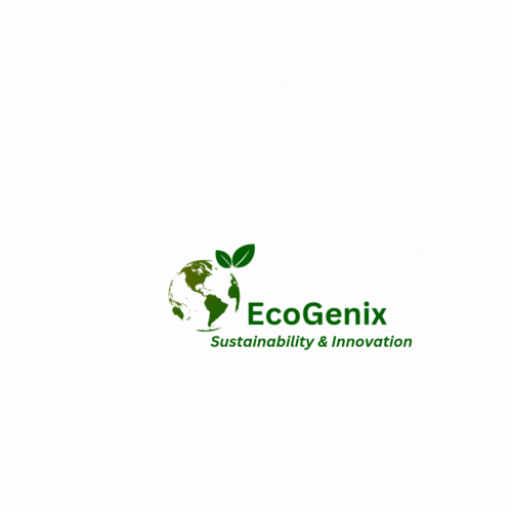Food Security: A Comprehensive Examination of its Dimensions and Challenges
Introduction
Food security, a term often bandied about in global discussions, encompasses far more than the simple availability of food. It encapsulates a complex interplay of factors that determine whether individuals and communities have access to safe, nutritious, and sufficient food to maintain a healthy and active life. This article delves into the intricate dimensions of food security, shedding light on the multifaceted nature of this critical issue and the challenges faced in ensuring it for all.
1. Availability of Food
At its core, food security begins with the availability of food. This dimension revolves around the production capabilities of a region. Factors such as climate, soil quality, and agricultural practices influence the quantity and variety of crops that can be cultivated. Modern agricultural techniques, including precision farming and hydroponics, are increasingly vital in bolstering food availability. Additionally, agricultural diversity plays a pivotal role, ensuring a wide array of crops are produced, thus reducing the risks associated with over-reliance on a single crop.
2. Accessibility
Having food available is not enough; it must be accessible to all members of society. Accessibility, in this context, refers to both economic and physical access. Economically, it relates to the purchasing power of individuals. Poverty, unemployment, and economic disparities can severely limit people’s ability to buy sufficient food. Addressing these socioeconomic challenges through employment generation, fair wages, and social safety nets is crucial.
Physically, access to food is hindered by factors such as infrastructure, transportation, and geography. Remote areas often lack well-developed roads and markets, making the transportation of food supplies a significant challenge. Investments in rural infrastructure and transportation networks are imperative to improving the physical accessibility of food.
3. Utilization
Utilization of food encompasses the quality of the food consumed and its nutritional impact on individuals. Malnutrition, both undernutrition and overnutrition, remains a global concern. Poor dietary choices, lack of awareness about balanced nutrition, and cultural factors can lead to malnutrition even when food is available. Nutrition education, especially targeting vulnerable populations like pregnant women and children, is vital. Furthermore, ensuring access to clean water and proper sanitation facilities is essential for preventing diseases that can hamper the body’s ability to absorb nutrients.
4. Stability
Food security is not a one-time achievement; it must be sustained over time. Stability in food availability, accessibility, and utilization is essential. Political stability, effective governance, and social safety nets contribute significantly to this dimension. During times of political unrest, conflict, or natural disasters, ensuring a stable food supply becomes exceptionally challenging. Preparedness, early warning systems, and international cooperation are vital in mitigating the impact of such crises on food security.
5. Sustainability
Sustainability in food security emphasizes the need to balance current needs with the needs of future generations. Modern agricultural practices often exert tremendous pressure on the environment, depleting natural resources and harming biodiversity. Sustainable agriculture promotes methods that conserve soil health, preserve water resources, and minimize chemical inputs. Agroecological approaches, crop rotation, and organic farming are examples of sustainable practices that ensure long-term food security without compromising the planet’s health.
Conclusion
Addressing the dimensions of food security comprehensively demands a concerted effort from governments, international organizations, and local communities. It necessitates not only policy reforms and investments in agriculture and infrastructure but also educational initiatives, social welfare programs, and environmental conservation efforts. By understanding and acting upon the diverse dimensions of food security, societies can move closer to the goal of eradicating hunger and malnutrition, ensuring a healthier and more sustainable future for all.
ARTICLE BY: WAYNE TOTA
Food Security and Climate Change
waynetota9@gmail.com
0601133196239
Visit for more articles:
https://sites.google.com/view/foodsecure-sustain-agriclimate/home.

Leave a Reply